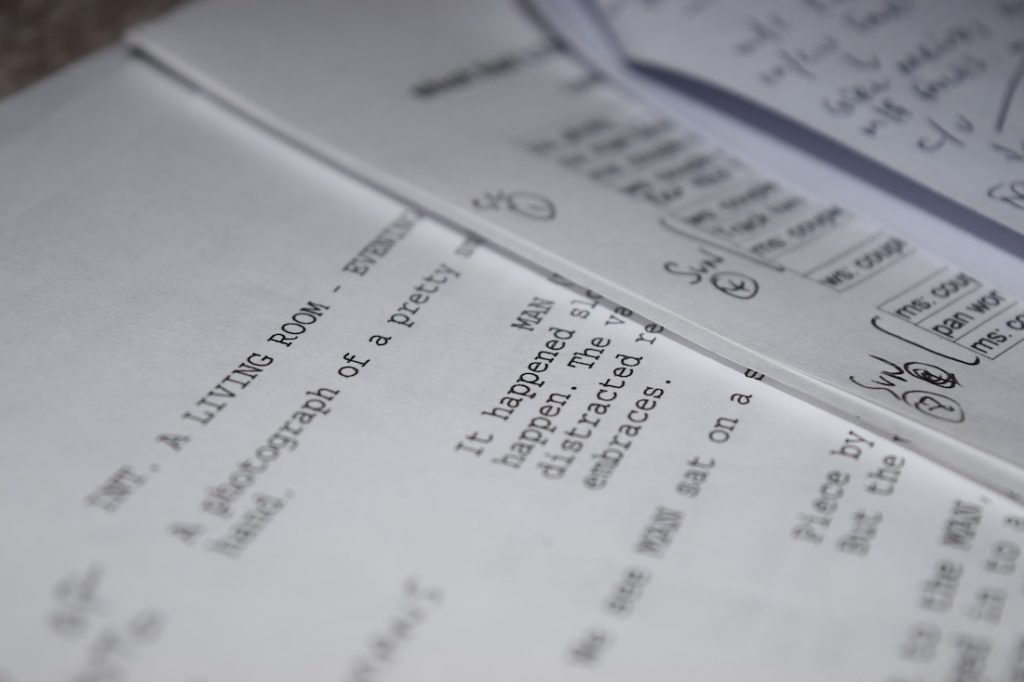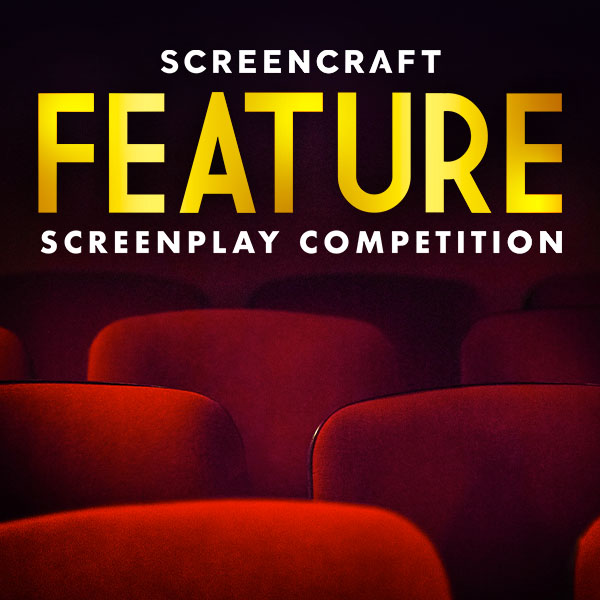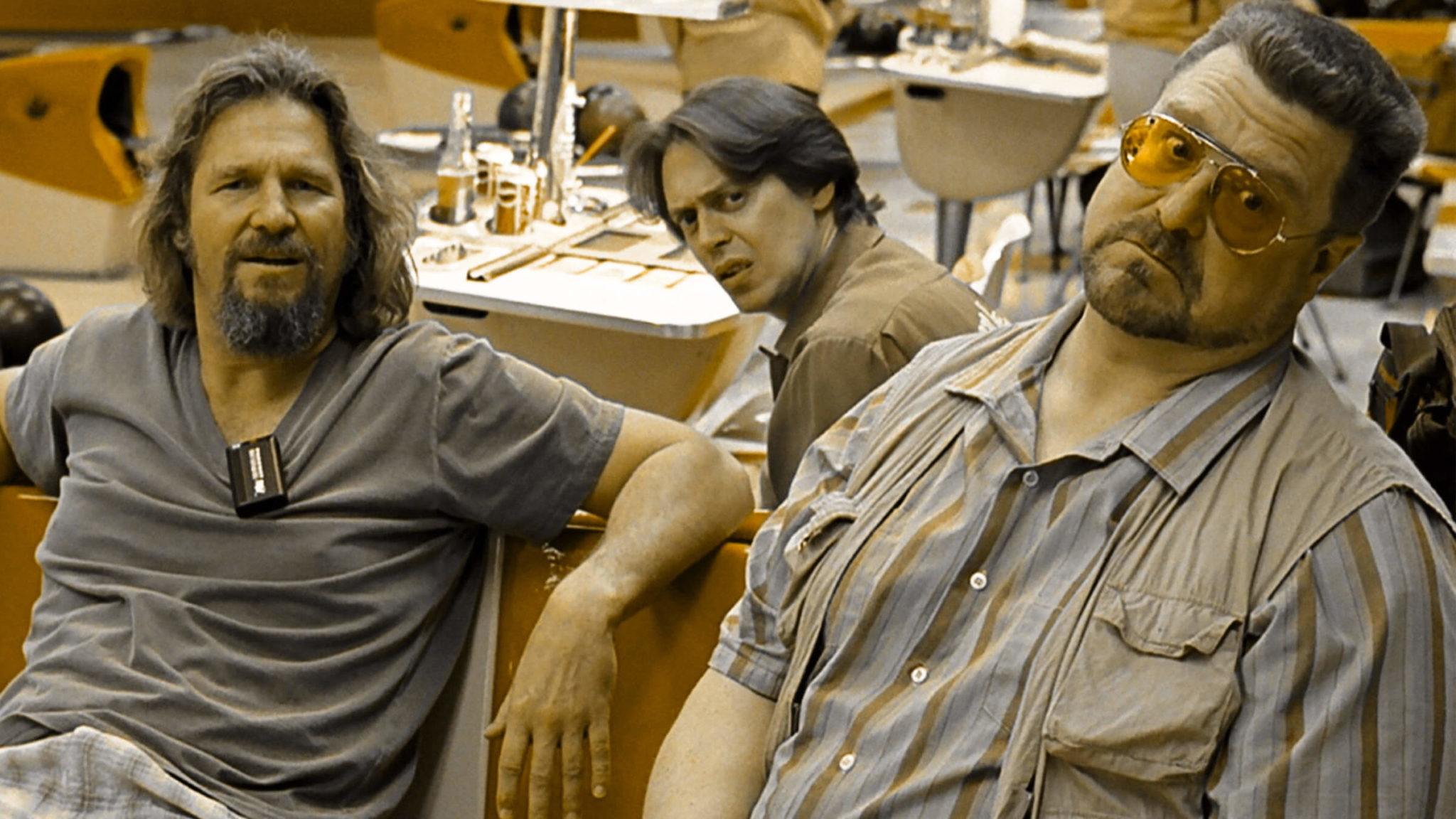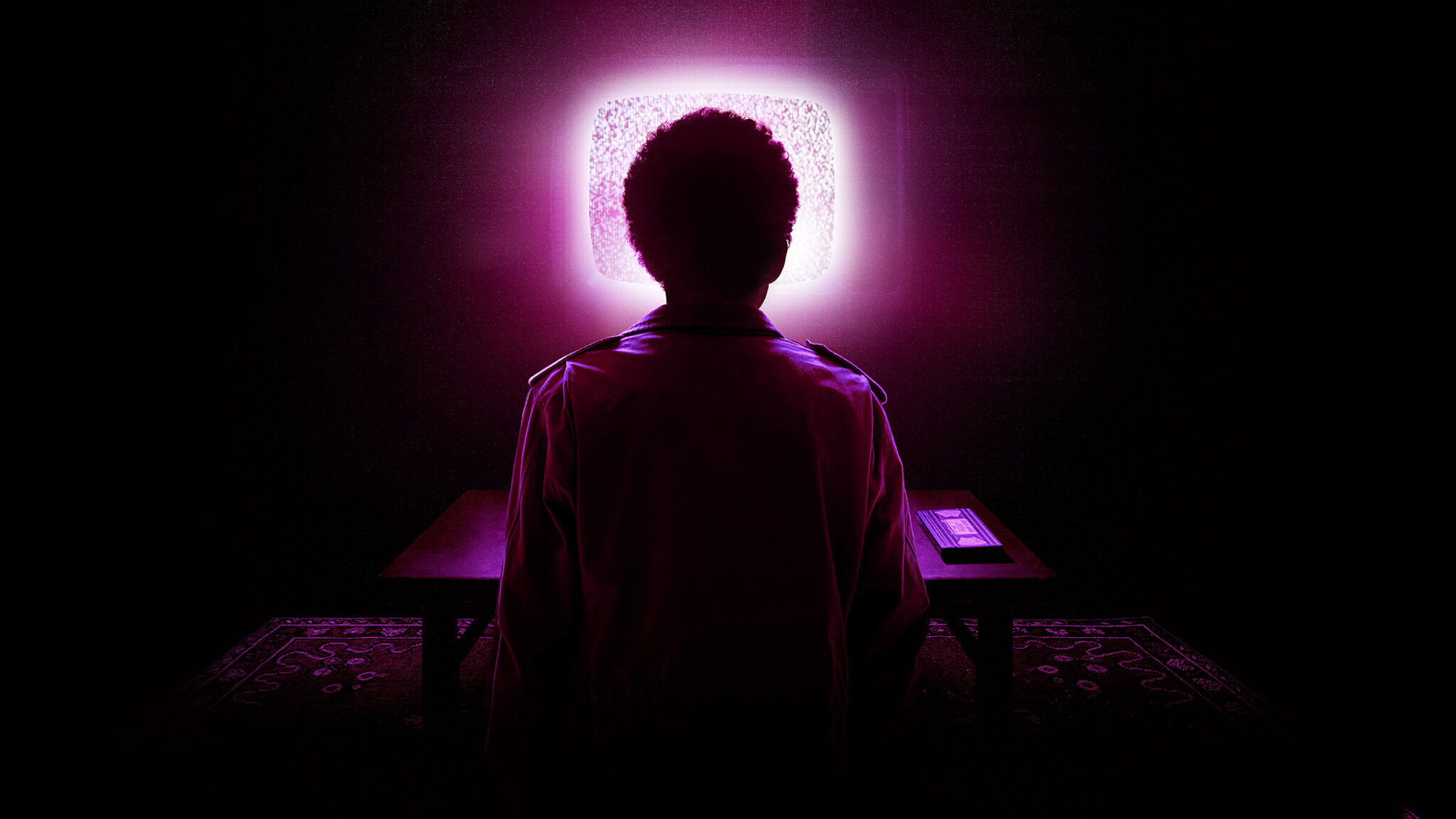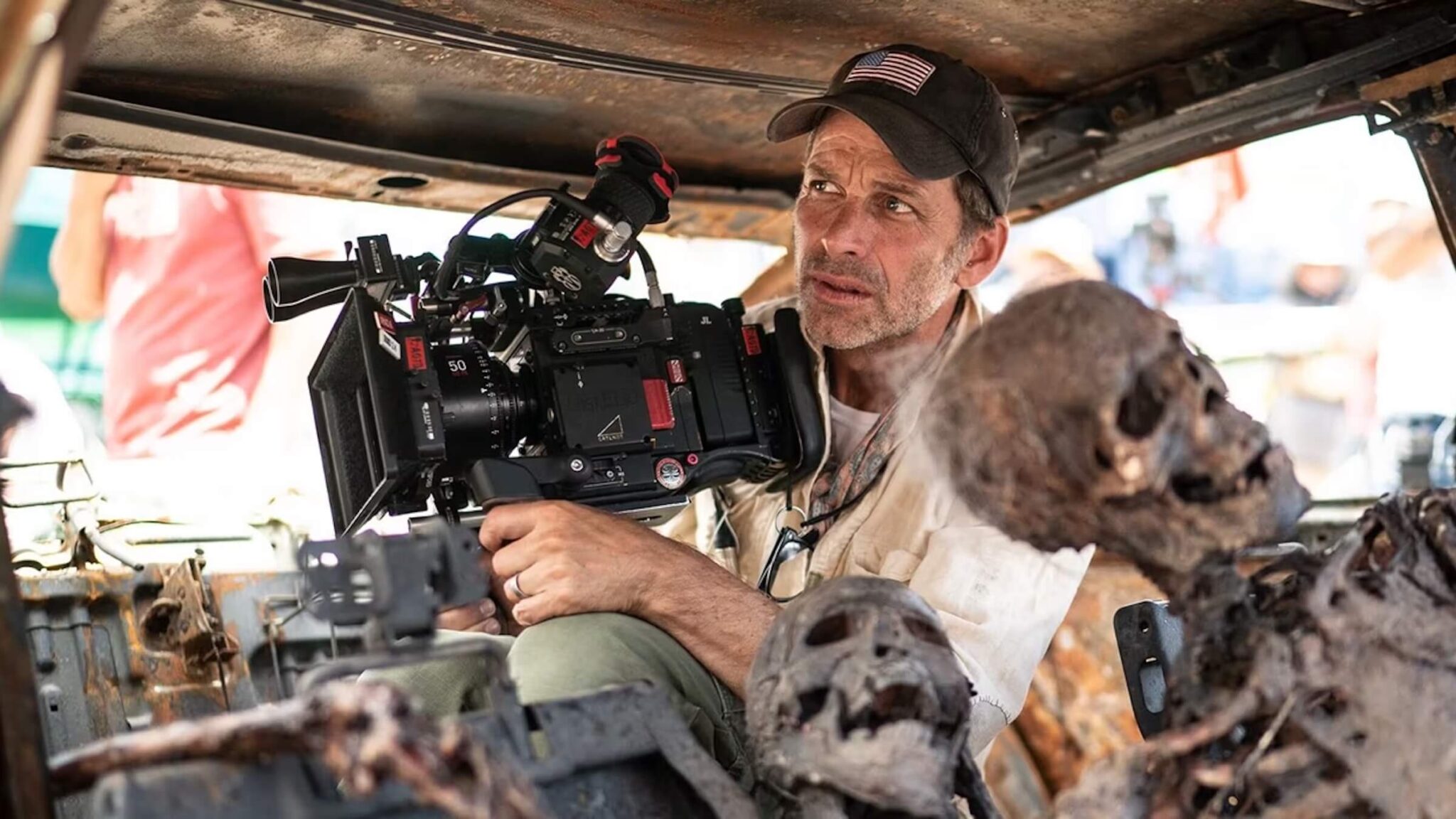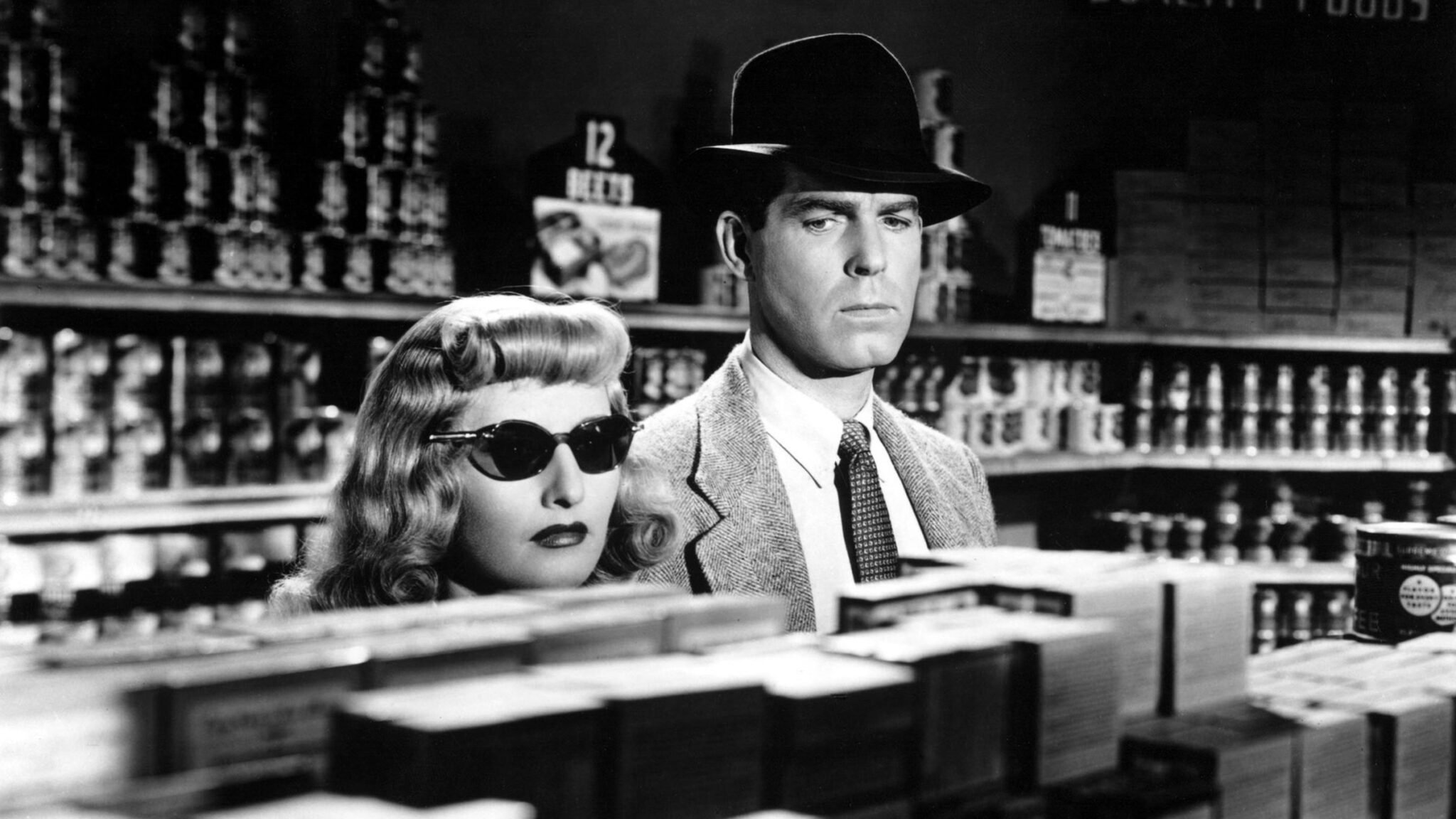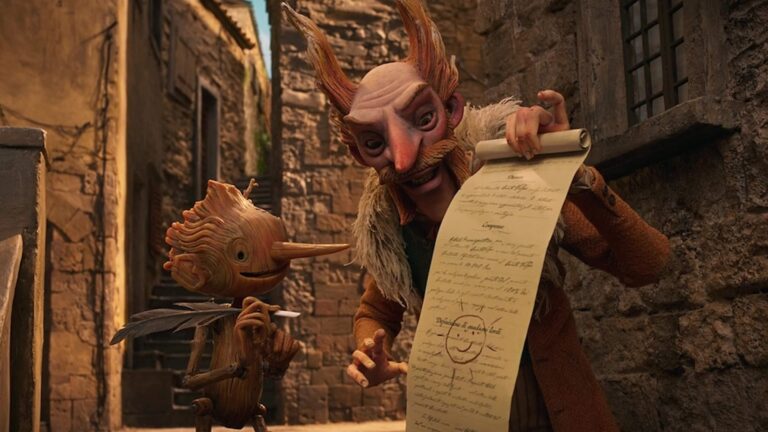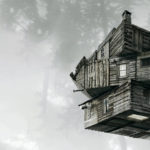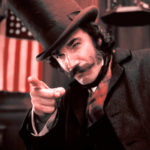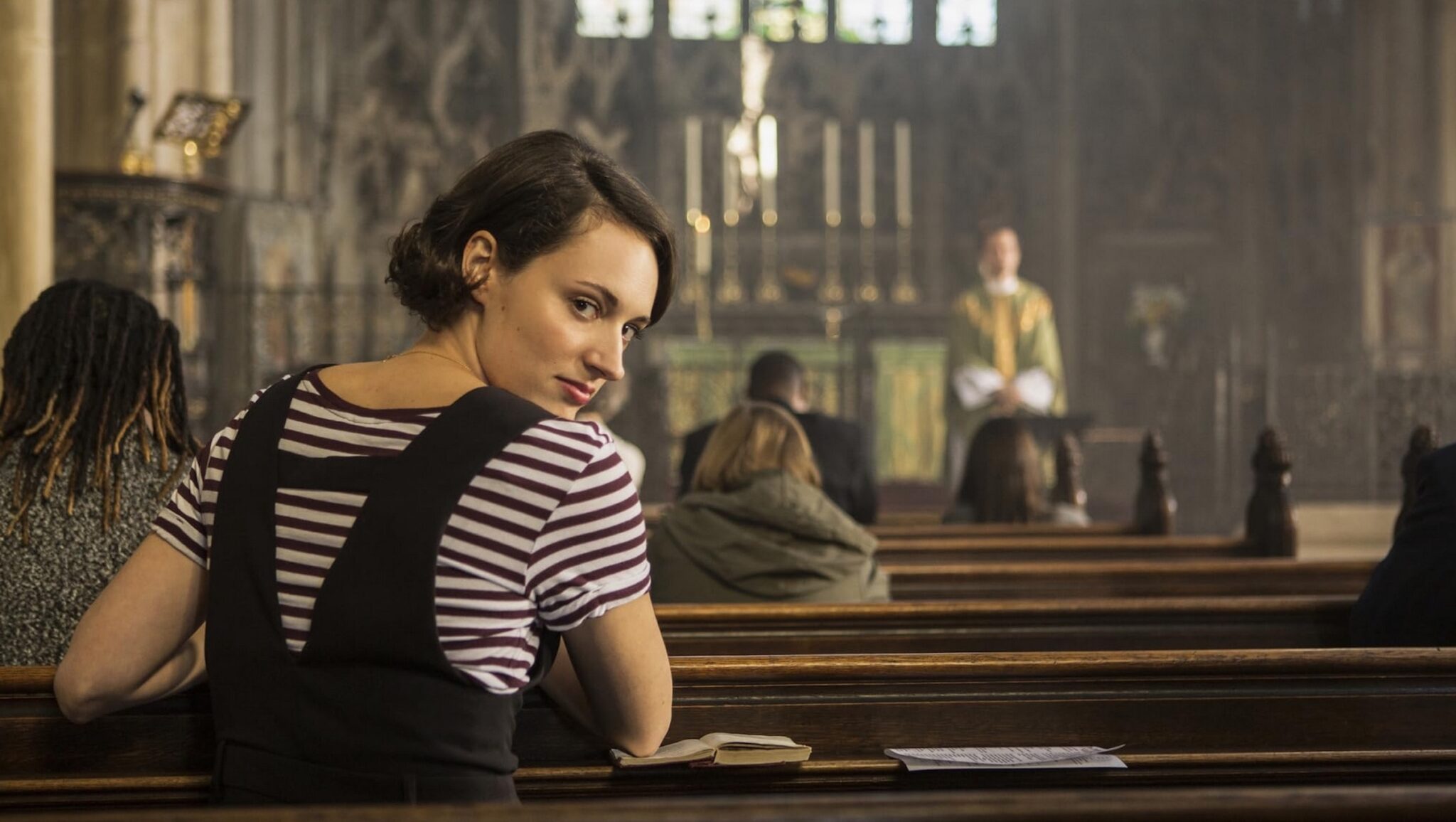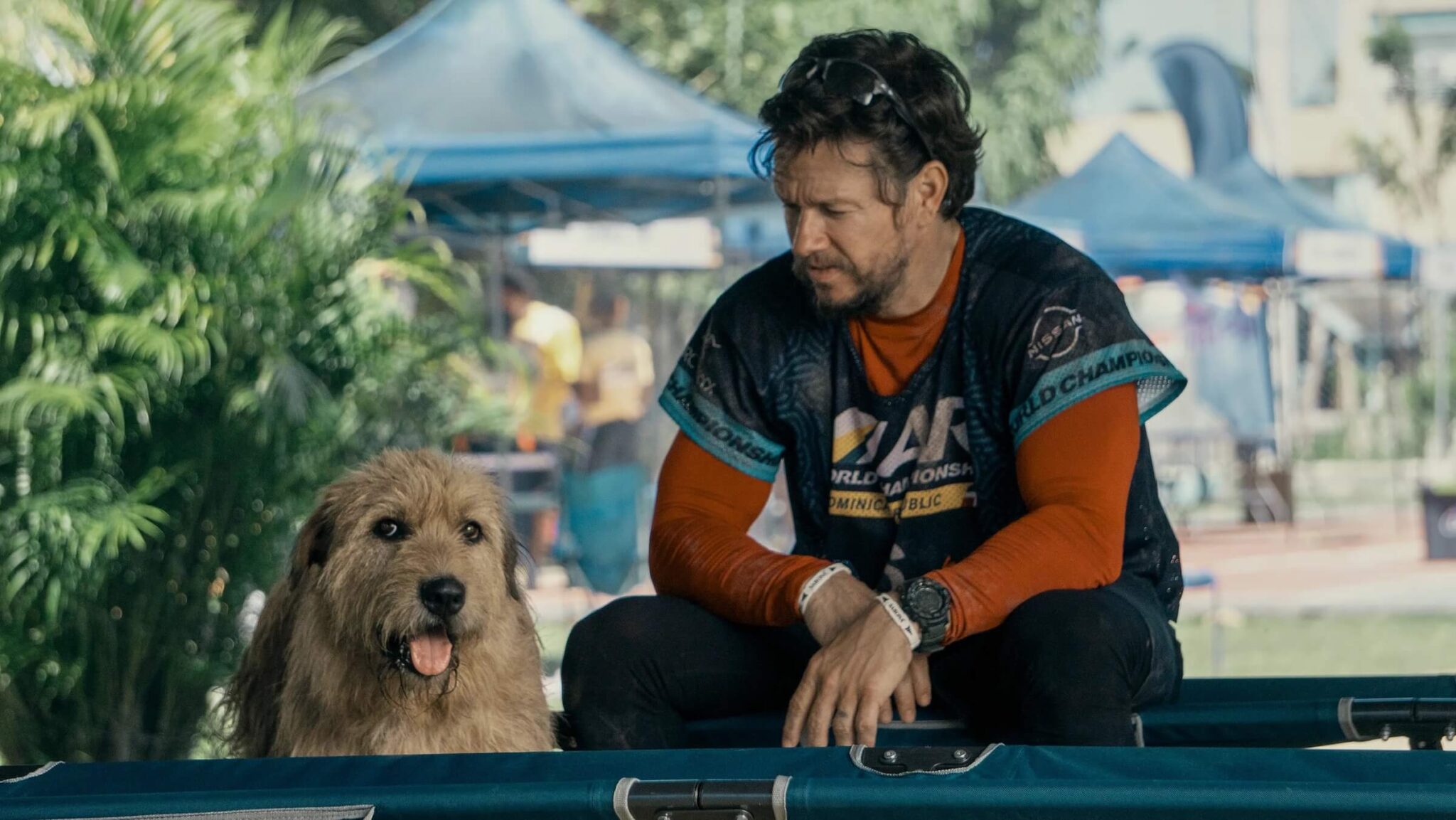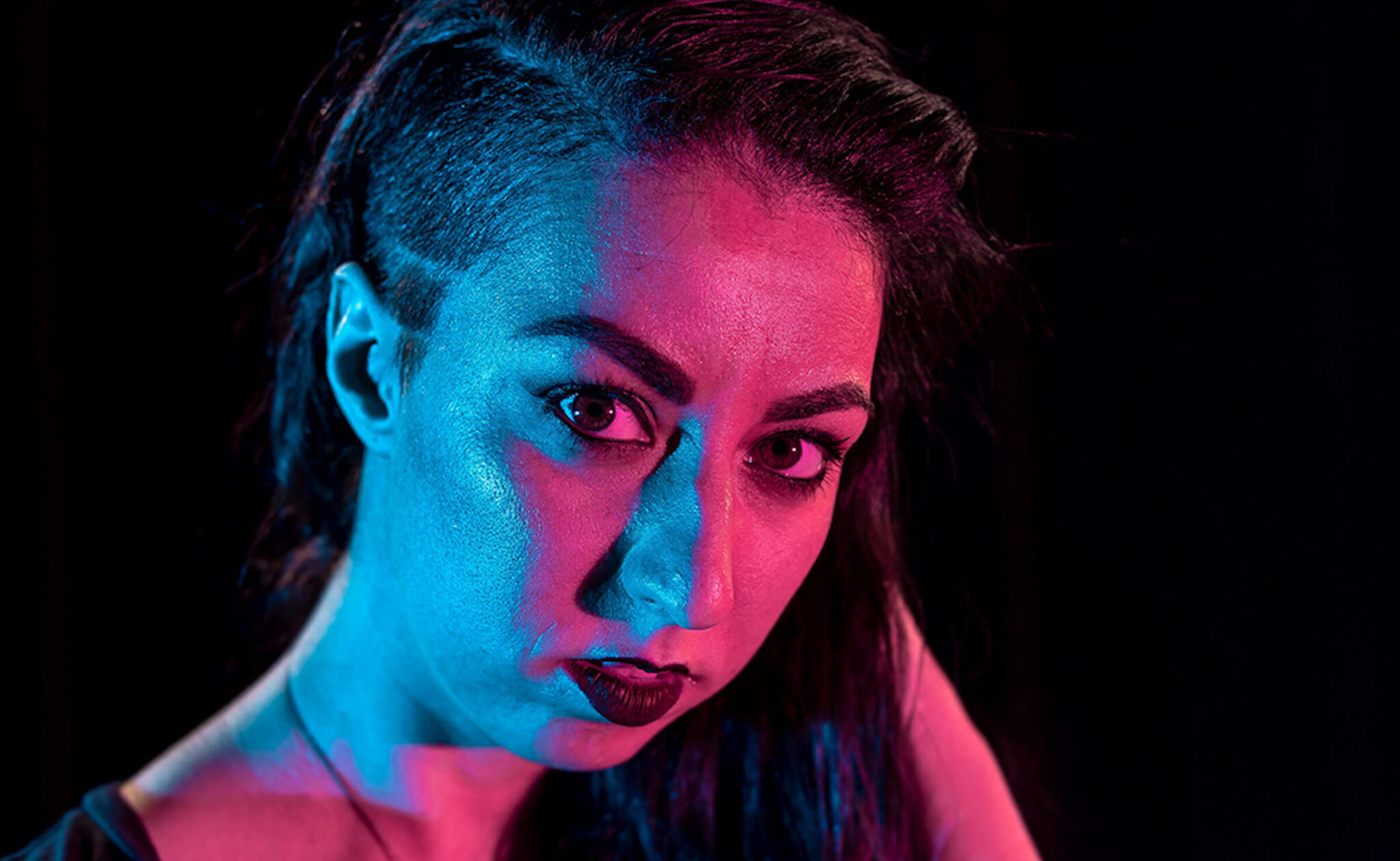
What is a screenwriter's voice, and how can screenwriters develop theirs enough to stand apart from the rest?
Every screenwriter has or will read script coverage, notes, or hear feedback that discusses aspects of the writer's voice. Some coverage forms for studios, production companies, agencies, and management companies even have a specific grading scale for the screenwriter's voice.
Here we'll offer you a simple breakdown of what a screenwriter's voice entails and how you can develop yours.
What Comprises a Screenwriter's Voice?
Your voice as a screenwriter is a compilation of five elements found within each screenplay you write:
- Scene Description Prose
- Attitude
- Tone and Atmosphere
- Pacing
- Dialogue Style
Each element is just as important as the next. That is why you must discover and explore those elements to formulate your voice to be consistent throughout every screenplay that you write on spec or on assignment.
Think of your voice as your reputation as a screenwriter. It follows you wherever you submit and market your work. When your agent or manager submits your scripts as writing samples — or is trying to sell your scripts — your reputation is embedded within your work, including scene description prose, tone, atmosphere, pacing, dialogue style, and attitude.
Your voice will dictate what kind of scripts you'll write and what projects you'll be perfect for.
Let's briefly delve into those five elements.
Scene Description Prose
Are you overly descriptive?
Do you excel at being short, sweet, and to the point?
Are you selective of what you focus on describing?
Do you leave visuals open to the interpretation of the reader?
Are you cognizant of white space in your screenplay?
The answer to these questions will form part of your voice as a screenwriter.
- You can be known for being overly descriptive — for better or worse.
- You can be known for lightning-fast reads because you keep your scene description swift.
- You can be known for choosing the perfect times to focus a little bit more time on vital visuals.
- You can be known for not wasting time describing obvious visuals.
- You can be known for scripts that are very easy on the eyes.
Attitude
Attitude is evident in scene description. And it's not about telling us whether or not you have a bad or good attitude. You obviously always need to portray a great attitude if you want to work in this collaborative industry.
Instead, it's telling us about your writing attitude — giving us a peek into your personality and drive. Just a peek.
Shane Black sold Lethal Weapon with attitude. Here is how he described a posh Beverly Hills house in his original script.
EXT. POSH BEVERLY HILLS HOME - TWILIGHT
The kind of house that I'll buy if this movie is a huge hit. Chrome. Glass. Carved wood. Plus an outdoor solarium: A glass structure, like a greenhouse only there's a big swimming pool inside. This is a really great place to have sex.
Now, before you get excited and decide that you're going to write like this, understand that this is Shane Black's voice. And many, many screenwriters over the last 30 years have likely tried to emulate that voice and make it their own. Don't. Find your voice.
But notice the attitude he showcases throughout his work when you read his scripts. What's your attitude?
Tone and Atmosphere
You can set the tone and atmosphere of a scene with one or two lines of strong visual description. And when you accomplish that with nearly every scene in your script, you create a tone and atmosphere that readers can literally and instantly see within their mind's eye.
M. Night Shyamalan accomplishes this in consistent form within his screenplays. His opening lines of description in his Oscar-winning screenplay for The Sixth Sense instantly set up the visuals of the scene.
INT. BASEMENT - EVENING
A NAKED LIGHTBULB SPARKS TO LIFE. It dangles from the ceiling of a basement.
LIGHT, QUICK FOOTSTEPS AS ANNA CROWE moves down the stairs.
He's consistent with tone and atmosphere in his Unbreakable script as well.
EXT. TRAIN STATION NEW JERSEY - DAY
LEGEND "PRESENT DAY"
A fountain of humanity bubbles up from the escalators to the train platform.
Businessmen take their last desperate drags of their cigarettes... Women traveling with children herd their luggage and offspring into tight shapes as they move... College students with backpacks look around dazed at the various track numbers.
When you read that scene description, you feel the tone and atmosphere of where he has placed us within the story. It's a brief visual, but it's strong and precise. It helps the reader to feel like they are there in that scene with those characters.
The way you convey tone and atmosphere within your script defines an element of your voice.
- You can deliver such visuals with brief lines of description like Shyamalan.
- You can take an extra couple of lines to bring out the tone and atmosphere even more.
- You can choose more descriptive words to showcase that tone and atmosphere with fewer lines and fewer words.
Pacing
The pacing of your screenplays will dictate what readers can expect from you.
Some writers love a slow burn. They use more tone and atmosphere as a way to set up the mood of the story before they inject conflict and plot twists.
Other writers love to toss their characters into the fire of the conflict in the opening pages.
Paul Thomas Anderson transitioned from a fast-paced auteur to a slow-burn auteur in his career. With Magnolia, he excelled the story at breakneck speed, bouncing back and forth between multiple character storylines. Part of the reason for this choice may have been because the whole film is a multi-character-driven piece. By amping up the pacing by jumping back and forth between character storylines, he took what could have been a slow drama and made it a pulse-pounding one.
Years later, he transitioned to a slow burn style of writing in There Will Be Blood.
What follows is another near-ten minutes of similar scenes as Daniel works with a team to strike oil. No dialogue is used.
It should be noted that eight years had passed between Anderson's films. He was reinventing himself after the fast-paced dramas Boogie Nights and Magnolia (as well as Punch Drunk Love). But you, as a newcomer, need to be as consistent as possible in your pacing. Again, that's part of your voice.
Dialogue Style
Some screenwriters have a knack for snappy and witty dialogue that rolls off of the page, like Diablo Cody.
Others love equally fast-paced dialogue that oozes coolness with the peppering of pop culture, like Quentin Tarantino.
Some screenwriters strive for less dialogue and focus on visuals and emotion, like Terrence Malick.
Others use words to build conflict, inform, and dazzle, like Aaron Sorkin.
What's your dialogue style? Have you ever asked yourself that? If you now have but don't know the answer, try examining your scripts. Let your writing tell you what your style is. And if you read back your dialogue and it falls flat, existing only to push the plot forward, try to find ways to inject some style into your dialogue.
What movie dialogue do you like? Explore your favorite movies and pay specific attention to the dialogue. Your favorites may inform you as well.
And if you don't know quite yet, that's fine. You're still honing your voice. Just don't be afraid to experiment. Try less. Try more. See what sticks.
The voices of your characters will help to define the voice you have as a screenwriter.

'Juno'
Finding your voice as a screenwriter is one of the most magical phases of the screenwriting process. Find your voice as a screenwriter by exploring these five elements found within each screenplay you write.
Ken Miyamoto has worked in the film industry for nearly two decades, most notably as a studio liaison for Sony Studios and then as a script reader and story analyst for Sony Pictures.
He has many studio meetings under his belt as a produced screenwriter, meeting with the likes of Sony, Dreamworks, Universal, Disney, Warner Brothers, as well as many production and management companies. He has had a previous development deal with Lionsgate, as well as multiple writing assignments, including the produced miniseries Blackout, starring Anne Heche, Sean Patrick Flanery, Billy Zane, James Brolin, Haylie Duff, Brian Bloom, Eric La Salle, and Bruce Boxleitner, and the feature thriller Hunter’s Creed starring Duane “Dog the Bounty Hunter” Chapman, Wesley Truman Daniel, Mickey O’Sullivan, John Victor Allen, and James Errico. Follow Ken on Twitter @KenMovies
For all the latest ScreenCraft news and updates, follow us on Twitter, Facebook, and Instagram.
Tags
Get Our Screenwriting Newsletter!
Get weekly writing inspiration delivered to your inbox - including industry news, popular articles, and more!

